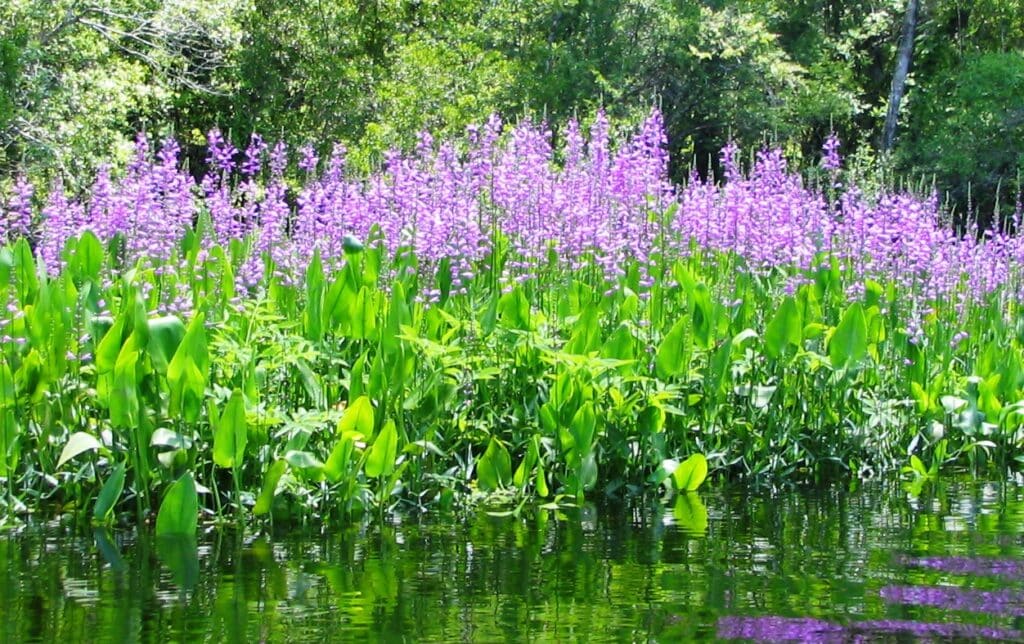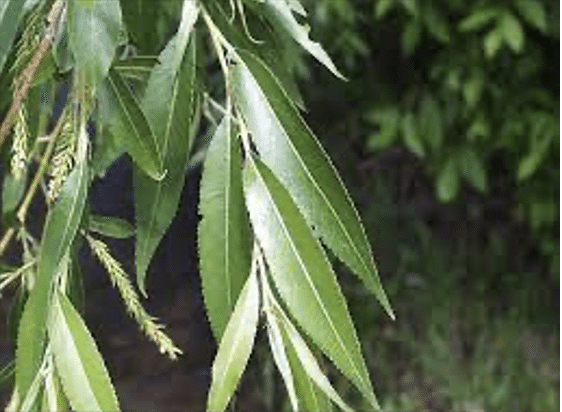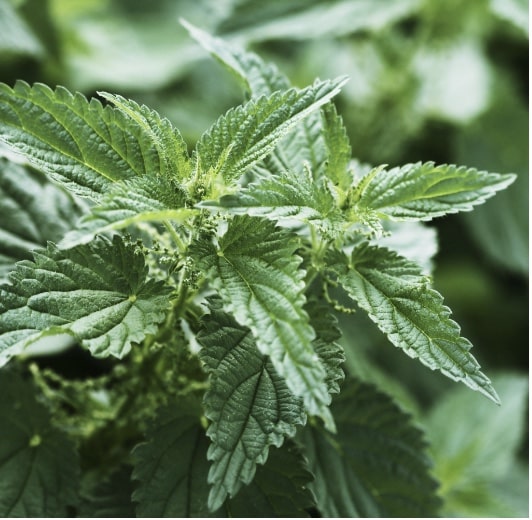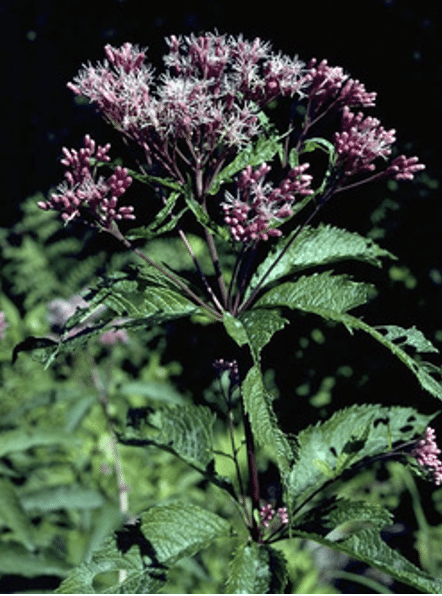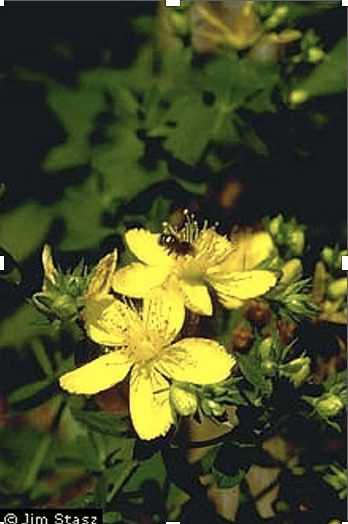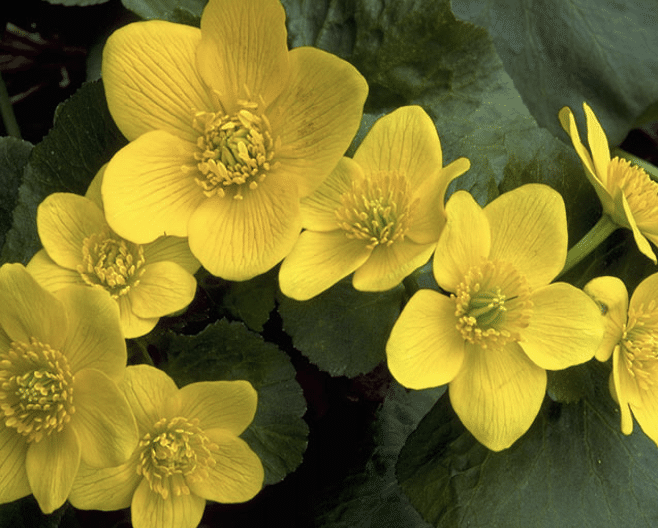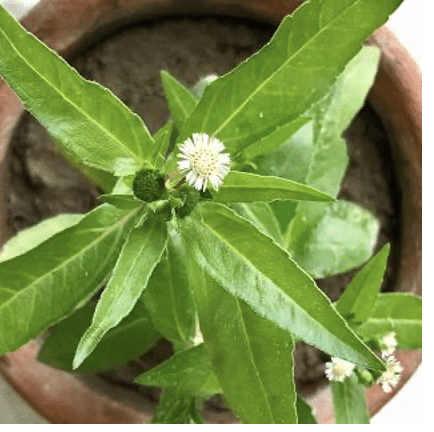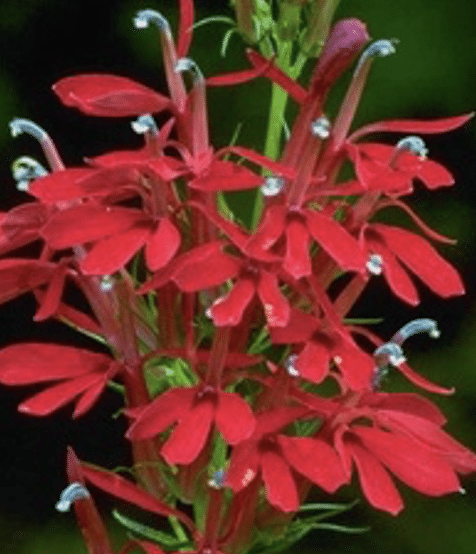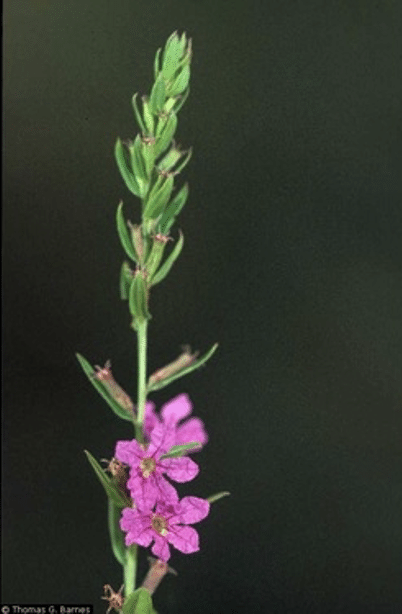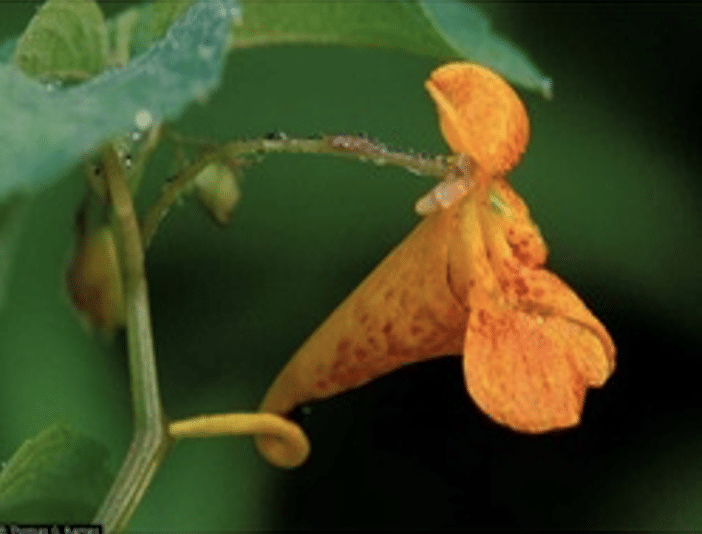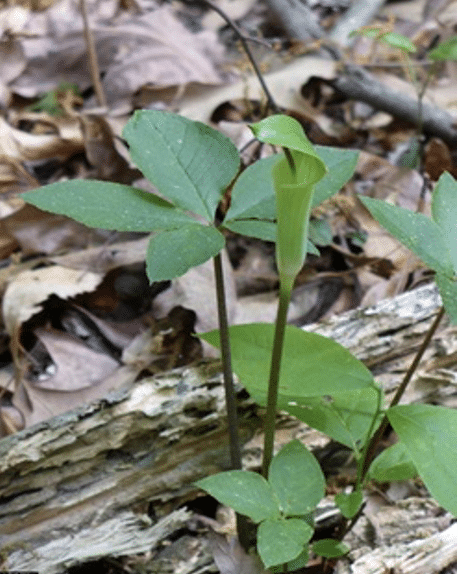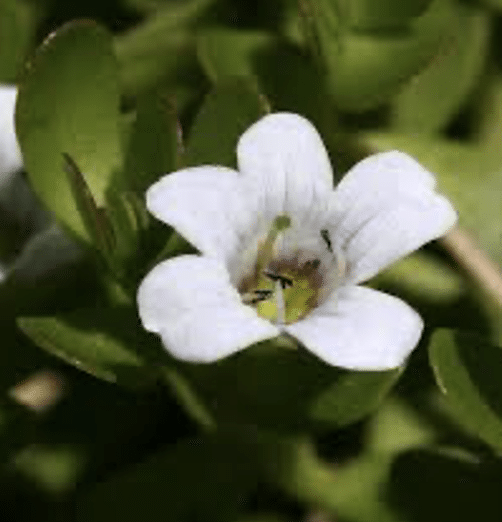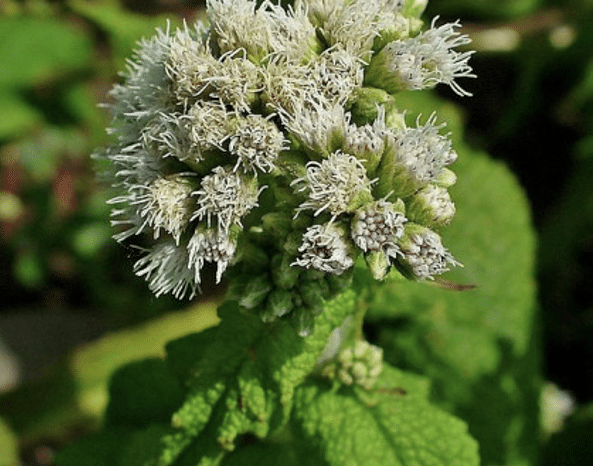Photo: Judy Biss
Some of you might remember the 1992 movie, Medicine Man, starring Sean Connery, where he conducts research into a “cure for cancer” derived from native flowers. The science of medicines derived from plants and other natural sources is not just the stuff of Hollywood movie studios, though. Numerous medical treatments have been known for hundreds of years and have been used by indigenous peoples to treat everything from hives to headaches and much more.
Many common wetland plants have known medicinal properties. Here are just a few of the many species you may encounter and what they could do for you in a pinch. Some are so helpful that companies have produced commercial products based on the active ingredients found in these plants.
While the following plants are all relatively safe, it needs to be pointed out that this list is provided for informational purposes only and is not to be construed as safe for all, and that you should consult your doctor before attempting any of these remedies on your own.
Black Willow – Salix Nigra L. EMP – OBL
https://greatplainsnursery.com
Willow bark extract is very similar in its analgesic action to quinine; the active ingredient is salicin which forms salicylic acid which is found in a number of herbal remedies used throughout the world, some dating as far back as the Stone Age. The willow first became known to Native Americans, who were in need of a fever-reducing agent and used willow bark tea as a remedy. The bark is anodyne, anti-inflammatory, antiperiodic, antiseptic, astringent, diaphoretic, diuretic, febrifuge, hypnotic, sedative, tonic. It has been used in the treatment of gonorrhea, ovarian pains and nocturnal emissions. It is taken internally in the treatment of rheumatism, arthritis, gout, inflammatory stages of auto-immune diseases, diarrhea, dysentery, feverish illnesses, neuralgia and headache. The bark can be used as a poultice on cuts, wounds, sprains, bruises, swellings etc.
Stinging Nettle – Urtica Dioica L. EMP – FACU
t3.gstatic.com
Urtica dioica, often known as common nettle, burn nettle, stinging nettle or nettle leaf, or just a nettle or stinger, is an herbaceous perennial flowering plant in the family Urticaceae.
Nettles are a highly revered, nutritious spring green, eaten steamed or in soups and stir-fries. The sting disappears when the leaves are cooked or dried. The greens and tea of nettles are high in minerals, vitamins, and chlorophyll, namely Vitamin A and C and calcium, potassium, magnesium, and iron. The leaves and seeds are used medicinally in teas and foods for allergies, arthritis, and as a kidney tonic. Russians are using the leaves in alcohol for cholecystitis (inflammation or the gall bladder) and hepatitis.
Spotted Joe-Pye Weed – Eutrochium maculatum L. EMP – FACW
W.D. Bransford @ Lady Bird Johnson Wildflower Center
Native Americans used the tea made from the whole plant of as a diuretic for dropsy, painful urination, gout, kidney infections, and rheumatism. The root tea was once used for fevers, colds, chills, sore womb after childbirth, diarrhea, liver and kidney ailments, and a wash for rheumatism. Its name was derived from “Joe Pye”, a 19th century Caucasian who used the root to induce sweating in typhus fever.
Common St. John’s Wort – Hypericum perforatum L. EMP – FAC
Jim Stasz @ USDA-NRCS PLANTS
Fresh flowers used in tea, tincture, or olive oil, was once a popular domestic medicine for treatment of external ulcers, wounds (especially those with severed nerve tissue), sores, cuts, bruises, etc. The tea is a folk remedy for bladder ailments, depression, dysentery, diarrhea, and worms. Contains the biologically active compounds choline, pectin, rutin, sitosterol, hypericin, and pseudohypericin. Recent studies (1988) have found that hypericin and pseudohypericin have potent anti-retroviral activity, without serious side effects. They are also being researched as an AIDS treatment.
Warning: Taken internally or externally, hypericin may cause photodermatitis (skin burns) on sensitive persons exposed to light.
Yellow marsh marigold – Caltha palustris L. EMP – OBL
www.wildflower.org
Marsh marigold roots were used by Native Americans to treat colds and sores, to induce vomiting, to protect against love charms, and as an aid in childbirth. A tea made from its leaves was also believed to relieve constipation.
Ojibwas mixed tea with maple sugar to make a cough syrup that was popular with colonists; this syrup was used as a folk antidote to snake venom. The plant contains anemonin and protoanemonin – both have marginal antitumor activity.
Warning: Sniffing bruised stems induced sneezing. Intoxication has resulted from the use of the raw leaves in salads or using the raw flower buds as substitutes for capers. Do not confuse with American White or False Hellebore, which is toxic. While parts of the plant are used medicinally, handling the plant can cause skin irritation, and uncooked parts are toxic to human consumption. This is due to irritant yellow oil called protoanemonin.
False daisy – Eclipta prostata L. EMP – FAC
False daisy is native to parts of North America where it has been collected in Massachusetts, and recently in Connecticut. False daisy is used in Chinese and Ayurvedic medicine against liver disease and to restore hair growth. The leaves contain nicotine which acts as an insecticide. It has been used in herbal medicine worldwide. In some parts of this country, it is considered a weed, and, in some areas, it is considered an endangered species.
Cardinal Flower – Lobelia cardinalis L. EMP – FAC
Thomas G. Barnes @ USDA-NRCS PLANTS
Native Americans used the root tea for stomachaches, syphilis, typhoid, worms, and an ingredient of “love potions”. Leaf tea was used for colds, croup, nosebleeds, fevers, headaches, and rheumatism. This plant was considered a substitute for Indian-tobacco, Lobelia inflata L., but with weaker effects; it was rarely used.
Warning: Potentially toxic; degree of toxicity unknown.
Purple Loosestrife – Lythrum salicaria L. EMP – FACW
Tea made from whole flowering plant (fresh or dried) is a European folk remedy for diarrhea, intestinal problems, and dysentery; gargle for sore throats; douche for leucorrhea, and as a cleansing wash for wounds and treatment of bacterial infections.
They also use it for swelling and as a drying agent. Women use it for menstrual problems.
Jewelweed – Impatiens capensis EMP – FACW
Thomas G. Barnes @ USDA-NRCS PLANT
Jewelweed has a long history of use in Native American medicine. When applied topically, sap from the stem and leaves is said to relieve itching and pain from a variety of ailments, including hives, poison ivy, stinging nettle, and other skin sores and irritations. The sap has also been shown to have anti-fungal properties and can be used to treat athlete’s foot. Thomas G. Barnes @ USDA-NRCS PLANT
Crushed leaves or mucilaginous stem juice that is harvested before flowering can be applied on recent poison-ivy rash. A 1957 study found it effective, in 2-3 days, in treating 108 of 115 patients. Some people swear by the leaf tea as a poison-ivy rash preventative; others rub on the frozen tea, in the form of ice cubes, as a remedy. The poultice is also a folk remedy for bruises, burns, cuts, eczema, insect bites, sores, sprains, warts, and ringworm.
Jack in the Pulpit – Arisaema triphyllum L. EMP – FAC
Jeff McMillian @ USDA-NRCS PLANTS Database
Native Americans used the dried, aged root for colds and dry coughs, and to build blood. Externally, the root was poulticed for rheumatism, scrofulous sores, boils, abscesses, and ringworm. Dried root tea was used as an expectorant, diaphoretic, and purgative, and for asthma, bronchitis, colds, cough, laryngitis, and headaches. Externally, for rheumatism, boils, and swelling from snakebites. The Chinese used related species to treat snakebites.
Warning: Intensely irritating. Calcium oxalate crystals found in whole fresh herb.
Herb of grace/Water Hyssop – Bacopa monnieri L. EMP – OBL
© Shirley Denton
Hyssop has astringent, emmenagogue (stimulating menstrual flow), relaxant, diuretic, and wound-healing properties. It stimulates mucus production, and is helpful in soothing sore throats, and coughs. It has also been known to help against asthma. Because it also relaxes muscle, it is helpful in aiding digestive problems. Its antibacterial properties make hyssop a good vermifuge (expels intestinal parasites). Hyssop essential oil has medicinal properties, but has also been linked to epileptic seizures, and should be taken with precaution.
Boneset – Eupatorium perfoliatum EMP – FACW
Image credit: Wikimedia Commons
Boneset leaf tea was once used to induce sweating in fevers, flu, and colds; also used for malaria, rheumatism, muscular pains, spasms, pneumonia, pleurisy, gout, etc. Leaves were poulticed onto tumors. West German research suggests nonspecific immune system-stimulating properties, perhaps vindicating historical use in flu epidemics.
Warning: Emetic and laxative in large doses. May contain controversial and potentially liver-harming pyrrolizidine alkaloids.
References:
http://edibleandmedicinalplants.weebly.com
https://www.ncbi.nlm.nih.gov › pmc › articles › PMC9385301
https://sites.google.com › ccam › useful-plants-in-vi-habitats
https://www.botanicgardens.org/blog/top-10-medicinal-plants









